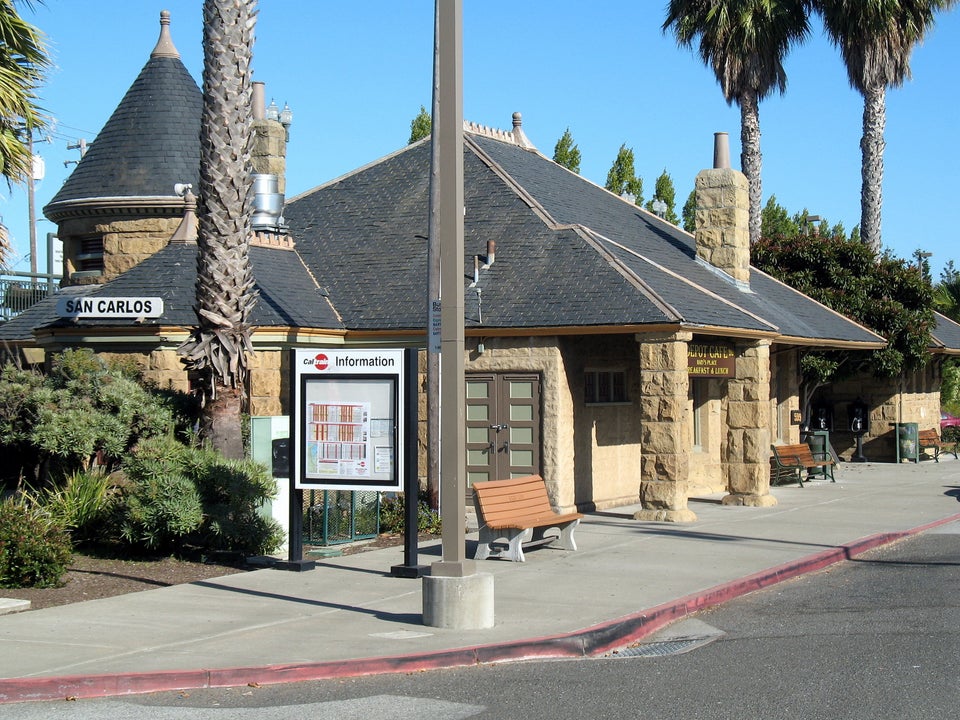Home prices now look 3% undervalued compared with long-term fundamentals. Of the 100 largest metros, 76 are undervalued while just 7 are more than 10% overvalued.
Trulia's Bubble Watch reveals whether home prices are overvalued or undervalued relative to their fundamental value by comparing prices today with historical prices, incomes, and rents. The more prices are overvalued relative to fundamentals, the closer we are to a housing bubble - and the bigger the risk of a future price crash. Sharply rising prices aren't necessarily a sign of a bubble; a bubble is when prices look high relative to fundamentals. Bubble watching is as much an art as it is a science because there's no definitive measure of fundamental value.
To try to put numbers on it, we look at the price-to-income ratio, the price-to-rent ratio, and prices relative to their long-term trends using multiple data sources, including the Trulia Price Monitor as a leading indicator of where home prices are heading. We then combine these various measures of fundamental value rather than relying on a single factor, because no one measure is perfect. Trulia's first Bubble Watch report, from May 2013, explains our methodology in detail. Here's what we found.
Home Prices are 3% Undervalued Nationally
We estimate that home prices nationally are 3% undervalued in the second quarter of 2014 (2014 Q2), which is far from bubble territory. During last decade's housing bubble, home prices soared to a level that was 39% overvalued in 2006 Q1, then dropped to being 15% undervalued in 2011 Q4. One quarter ago (2014 Q1), prices looked 5% undervalued, and one year ago (2013 Q2) prices looked 8% undervalued. This chart shows how far current prices are from a bubble:
At this pace, home prices nationally should be in line with long-term fundamentals - i.e., neither over- or undervalued - by the last quarter of 2014 or the first quarter of 2015. The good news for bubblephobes is that price gains are now slowing down while prices still look (slightly) undervalued. We'd be at greater risk of heading toward a bubble if price gains were still accelerating, but they're not.
Even in the Bubbliest Markets, It's Not 2006 All Over Again
Of the 100 largest metros, home prices in 76 of them look undervalued. But the number of overvalued markets - 24 - has climbed up from 19 last quarter (2014 Q1) and just 5 last year (2013 Q2). Most of the 24 overvalued markets are overvalued just a bit, with 17 overvalued by less than 10% and 7 overvalued by more than 10%. While the number of overvalued markets is rising, there remains little reason to worry about a new, widespread bubble forming. The last two years of strong price gains have been from a relatively low level and still haven't pushed home prices nationally above our best guess of their long-term fundamental value.
Note: each quarter's Bubble Watch includes minor revisions to previous estimates because the underlying data sources are often revised or updated. To compare the national or metro trend over time, look at the current report's historical numbers, not previously reported numbers.
